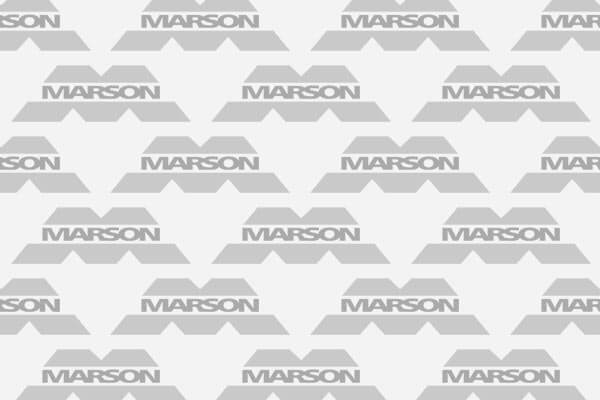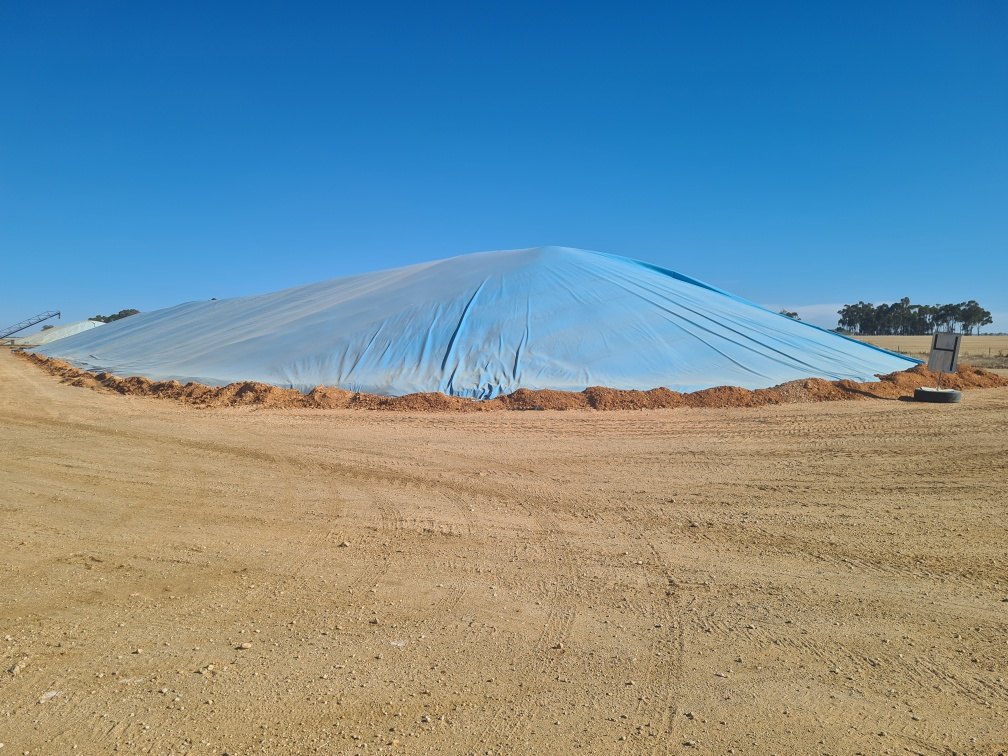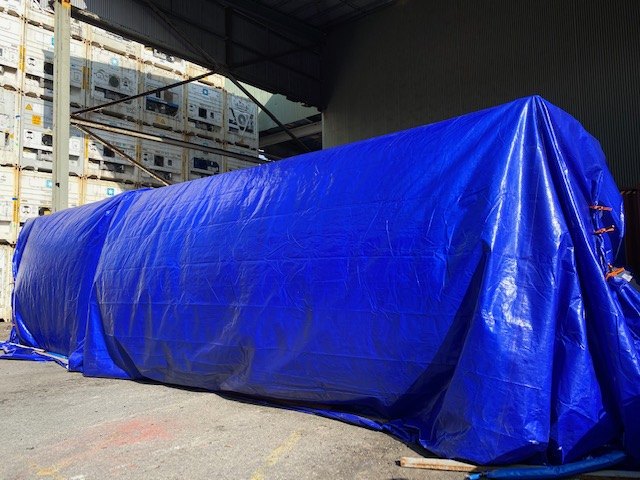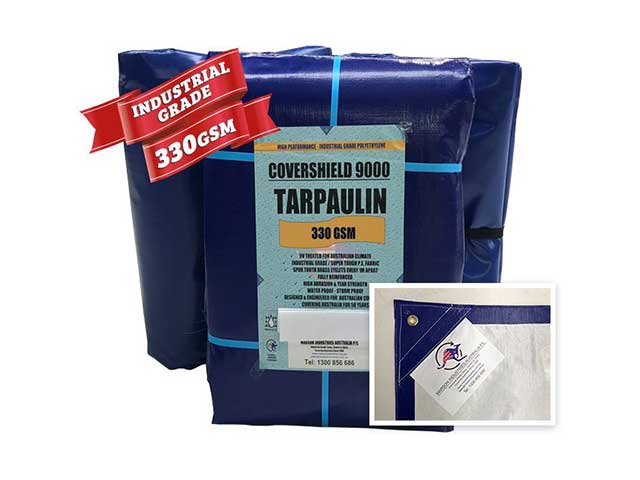Tarps, Covers & Liners. Industrial Textile Fabrication.

Chemicals and various oils need to be stored, after they are produced, and before they are sent to their users. This requires consideration of their safety and security. If these stored products spill out, they can lead to great losses to the organization storing them and also at times lead to environmental damage and prove a hazard to men and materials. This requires that these storage units are properly built and arrangements made to contain any spills or leakages, so that there are no accidents or other risks.
One way of ensuring this is to create spill bunds all around the storage, so that any leakage or spill gets adequately contained. These can be made from different materials and the choice of material for the bund will depend on the product that is being stored, and its effect on any bund material used. You will find bunds being constructed of earth, masonry, cement concrete, steel, plastic and many other ways, depending on the assessment of the risks and dangers, space availability and budgets. A bund has to be constructed in such a way that it is able to contain the complete volume of the stored product, within its area.
The 7 spill containment bund benefits that can come from having a properly designed system of bunds in any storage facility or tank farm
- 1. Legal requirements are satisfied
- 2. Allows for larger storage
- 3. Reduces the risk of fire and pollution of the environment
- 4. Allows leaked materials to be reused
- 5. Reduces the risk of accidents
- 6. Confines stored products and reduces wastage
- 7. Ensures better security
The storage of chemicals and oil are considered hazards, because they can cause a lot of damage if they are allowed to escape into the environment. That is why all countries have legal requirements that govern such storage, among which the provision of bunds is a must. These containment bunds have to be approved by relevant authorities and will have definite technical requirements that will have to be followed. This will deal with volume that can be contained, drainage arrangements, firefighting and many other safety aspects. Spacing between tanks can also be regulated by laws.
The provision of proper bunds makes it safer to use much larger storage tanks. A containment bund can also contain a number of tanks, and the requirement is that a little more than the volume of the largest tank must be contained by the bund. This allows companies in the tank farm business to build a number of tanks, within one enclosure, and this can save them costs for creating individual bunds.
Chemicals can be quite hazardous and any spill or leakage needs to be confined to a small area, so that it is easily neutralized or dealt with, as necessary. This enables the risk to the environment and areas around the tank to be neutralized. Most chemicals and oils are inflammable, and a containment bund, ensures that fires are restricted to the tank area, and therefore easier to control. Safety regulations require that there be a proper fire-fighting system around or near, to each storage unit, which can prevent the risk from spreading.
Products stored in these containers are often of very high unit value, and any spillage or leakage can mean substantial financial losses. Among the 7 spill containment bund benefits, a major one comes from being able to restrict the spread of the spilled or leaked product to a definite area. It is then possible to retrieve the spilled product, so that it can be processed for reuse, thus leading to substantial savings. Organizations may take care while laying the floor within such containment bunds, to see that they are of impervious material, so that the product is not absorbed and is easily retrievable. Most bunds will need to have a system of drains and sumps to take out rain water, but the same can be of use to retrieve any material that has spilled.
The spillage and leakage of chemicals and oils can cause accidents, especially if they get on to surfaces that permit traffic. This is what the containment bund will completely prevent from happening. Care has to be taken while locating such storage facilities to ensure that wind directions in the area do not carry fumes to populated areas.
The containment bunds act to confine hazardous products to a definite area and if proper systems are in place for loading the tanks and removing materials from them, wastage that often comes from coupling and decoupling of piping for conveying these products can be reduced.
A major advantage of 7 spill containment bund benefits comes from making these storage units difficult to easily access. Organizations will make arrangements for their own staff to approach the tanks, through walkways or ramps. This gives the advantage, of access being very easily controlled for reasons of security, and ensures that only authorized personnel are allowed within the tank area.
Share this post



